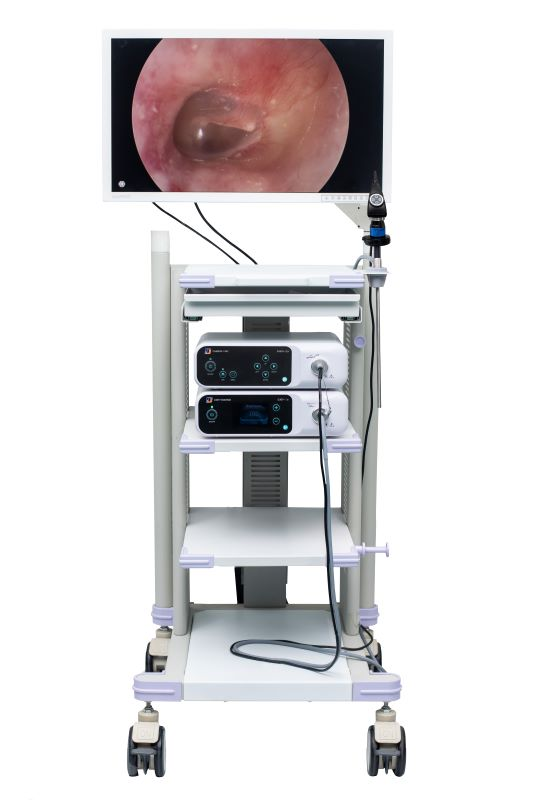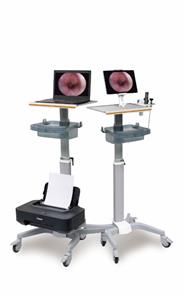The application of endoscopy in the diagnosis and treatment of Crohn's disease and the classification of Crohn's disease activity
With the advancement of endoscopic examination technology, various endoscopic imaging systems such as chromoendoscopy, narrow-band imaging endoscopy, cytoendoscopy, focusing magnifying endoscope, blue laser magnifying endoscope, etc. Compared with traditional white light examination, the display and image processing have different advantages in evaluating the inflammatory activity of Crohn's disease. At present, different scoring systems can be used to evaluate the clinical activity, endoscopic activity and histological activity of Crohn's disease, among which the Crohn's disease activity index (CDAI) is used to judge the clinical activity of Crohn's disease It is more common. It is mainly based on the number of days when the patient has watery or loose stools, abdominal pain, abdominal mass, etc. within a week, and multiplied by the corresponding multiplication factor to obtain the total score of the disease activity index. The higher the score, the higher the severity of the disease. Crohn's disease endoscopic severity index (CDEIS) and Crohn's disease simple endoscopic score (SES-CD) were used to judge the endoscopic activity of Crohn's disease, and the lesions that could be observed by colonoscopy It is divided into five parts: rectum, sigmoid colon, left colon, transverse colon, ileum, and right colon. Scores are made according to the mucosal and vascular lesions observed during endoscopic examination. The higher the score, the more serious the condition. During colonoscopy, according to the evaluation of intestinal mucosal lesions by endoscopists, biopsy specimens are taken from suspicious mucosal lesion areas and sent for pathological examination. Experienced pathologists process and analyze the specimens to evaluate the histological activity of the disease sex. Clinical activity, endoscopic activity, and histological activity are three important factors for assessing disease activity in Crohn's disease. Consistent histological activity is possible.





